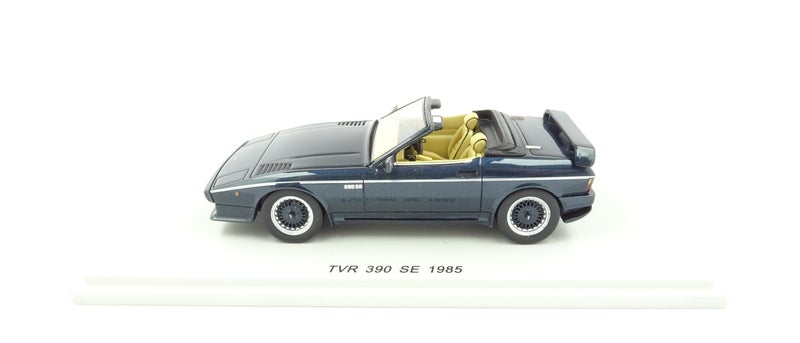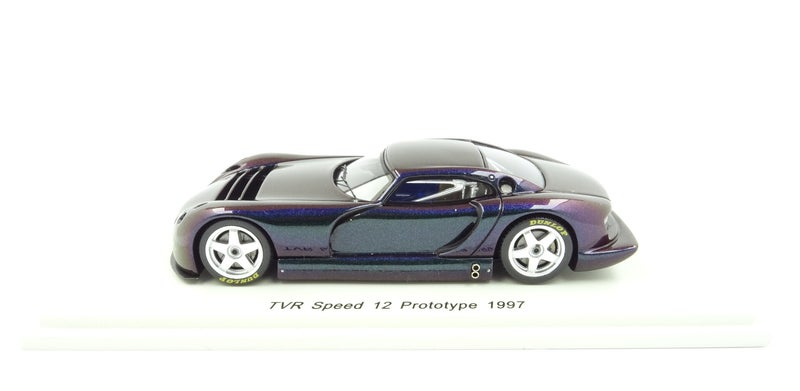

The abbreviation TVR stems from the name of the company's owner Trevor Wilkinson, his first garage sporting the letters T, V and R.
TVR is an independent British manufacturer of high-end sports cars. The company manufactures lightweight sports cars with powerful engines and was, at one time, the third-largest specialised sports car manufacturer in the world, offering a diverse range of coupés and convertibles. In 1949, TVR built its first original chassis.


Headquarters: Trevcar Motors, Walliswood, Surrey, United Kingdom, 1946-1965

Parent: TVR Engineering Ltd, Soulbury, Bucks, England, 1965-2013

Headquarters: TVR Manufacturing Limited, Guildford, England, 2013-2022





































1946-1961
1961-2010
2010-2017
2017-now







Create Your Own Website With JouwWeb